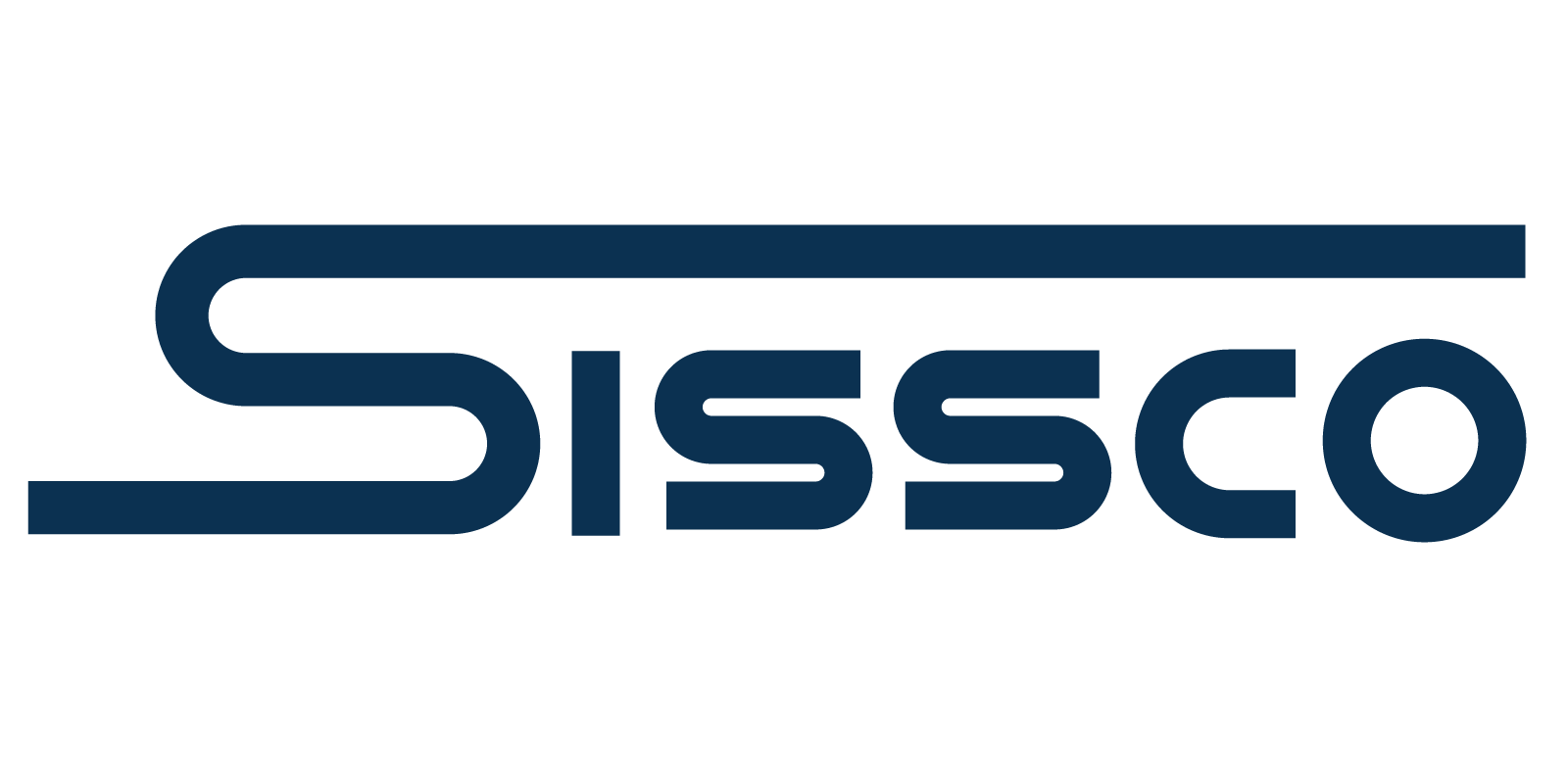The Occupational Safety and Health Administration (OSHA) sets strict guidelines for the operation and maintenance of overhead cranes in the workplace. These guidelines are designed to protect workers from potential injuries and accidents and to ensure that the equipment is properly maintained and operated safely. However, even when following all guidelines, damage may still occur. When this happens, call us for the best overhead crane service NY offers.
Overhead Crane
One of the key OSHA requirements for overhead crane operations is that the equipment must be inspected regularly. This includes a daily inspection by the operator and a more thorough inspection by a qualified inspector at least once every year. The daily inspection should include a check of the crane’s controls, hooks, chains, and other moving parts, as well as a visual inspection of the entire crane to ensure that it is in good working condition.
In addition to regular inspections, OSHA also requires that all overhead crane operators be properly trained and certified. This training should include instruction on the safe use and operation of the equipment, as well as information on how to identify and correct potential hazards. Operators should also be trained to properly inspect the equipment and perform basic maintenance tasks, such as lubricating moving parts and checking for signs of wear and tear.
Another important OSHA requirement for overhead crane operations is that the equipment must be properly marked and labeled. This includes the use of warning signs and labels to alert workers to potential hazards, such as load limits and the location of emergency stop buttons. The crane should also be equipped with safety devices, such as overload protection and emergency stop buttons, to help prevent accidents and injuries.
In addition to these requirements, OSHA also has strict guidelines for the maintenance of overhead cranes. This includes regular inspections and maintenance to ensure the equipment is in good working condition, as well as the use of proper lifting techniques and equipment to prevent injuries and accidents. Employers are also required to keep detailed records of all inspections, maintenance, and repairs performed on the equipment. Whenever overhead crane repair occurs, it should be noted.
Overall, the OSHA requirements for overhead crane operations and maintenance are designed to ensure workers’ safety and the equipment’s proper functioning. By following these guidelines, employers can help prevent accidents and injuries and ensure that their equipment is always in good working condition.



